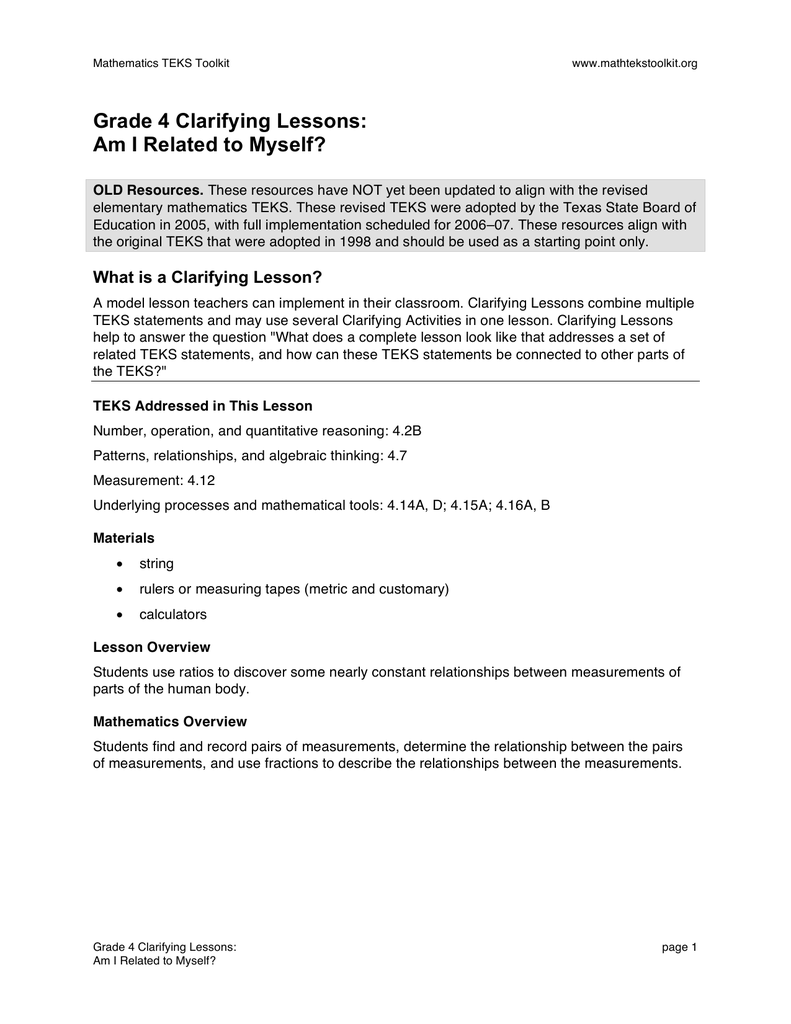Changes in body weight significantly correlated with changes in waist circumference changes in hip circumference and changes in body fat percentage. In this activity students explore the relationships between body measurements.

Cyberchase Workshop Thirteen
Body measurement relationships. Femur bone connected to the. Here students may give a table of correlation coefficients of some subset of the body dimensions with say correlations for women above the diagonal and correlations for men below the diagonal. Asks students to measure their height and length of 3 major bones and look for relationships or patterns between the numbers. Total height is equivalent to 7 to 75 heads tall nose length is equivalent to first two digits of indexpointer finger. A ratio compares the relation in degree size or number of two or more things. All you need is a tape measure some string or rope a piece of paper a pen or pencil and of course a few bodies.
Most pairs of body dimensions are roughly linearly related and consequently in such cases the correlation coefficient may be used as a measure of the degree of the linear relationship. In this activity students will investigate simple proportional relationships among the measurements of various body parts. Salient themes emerging from our analysis were the core category body weight relationships and the key categories weight relevance weight comparisons and weight talk. Comments on the exercises. They learn to express the relationship as a formula. A decrease in body weight of 3 kg corresponded to a 345 cm decrease in waist circumference in men and a 283 cm decrease in that in women.
Explore ratios through femur thigh bone and height measurements. For example consider the following correlations for an average adult may vary somewhat for children. Within marital relationships body weight was a multifaceted and dynamic topic eliciting extensive discussion during interviews. Most pairs of body dimensions are roughly linearly related and consequently in such cases the correlation coefficient may be used as a measure of the degree of the linear relationship.

















